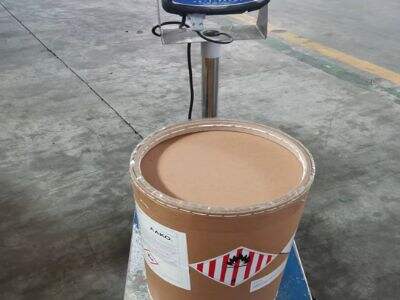Puyuan is dedicated to assist procurement executives to simplify the OIT orders from beginning to end. Below are some important steps, tips and strategies to ensure a seamless process and the best stock levels, as well as prompt order fulfillment.
Key Steps for Purchasing Managers:
Supplier Selection: you need to consider reliability, quality of goods and pricing when selecting a supplier. Research and request samples to help you choose.
Placing Your Order: Specify in detail, your desired delivery date, and any special instructions (packaging, labeling, etc.). Put everything in writing so there is no confusion.
Track Your Order: Track your orders from processing to finished line. Keep track of inventory levels and delivery statuses as well as payment records by utilizing tools such as spreadsheets or purchasing software.
Tips for a Smooth Process:
Keep in touch: Stay connected with your suppliers to quickly resolve issues that crop up and to support smooth ordering.
Predictive Demand: Predict your inventory needs based on past performance and market trends. This will help to avoid stockouts or overstock levels.
Develop connections: Establish strong relationships with your suppliers based on trust and mutual respect. This will result in better service and ultimately lower prices.
Strategies for Optimal Stock Levels:
Just-In-Time Inventory: Incorporate just-in-time inventory to reduce carrying costs and obsolescence. With this method you can better use the space in your warehouse as well as money.
Security Stock: Keep your inventory in a security stock level to plan for unanticipated demand variances or disruptive events in the supply chain. This additional buffer will serve to combat out of stock, and will guarantee timely order fulfillment.
Ensuring Timely Order Fulfillment:
Clear Expectations: Provide achievable deadlines for the orders and let the suppliers know how and when you expect to receive them. Track progress in detail for timely completion.
Fast Shipping: Fast shipping can be faster, whether it is fast, to enhance the speed of your delivery in urgent conditions. Even if that means extra expenses, it can save your customers from production outages or frustrations.

 EN
EN
 NL
NL
 FR
FR
 DE
DE
 JA
JA
 KO
KO
 PT
PT
 RU
RU
 ES
ES
 ID
ID
 VI
VI
 TH
TH
 MS
MS
 TR
TR
 AR
AR

